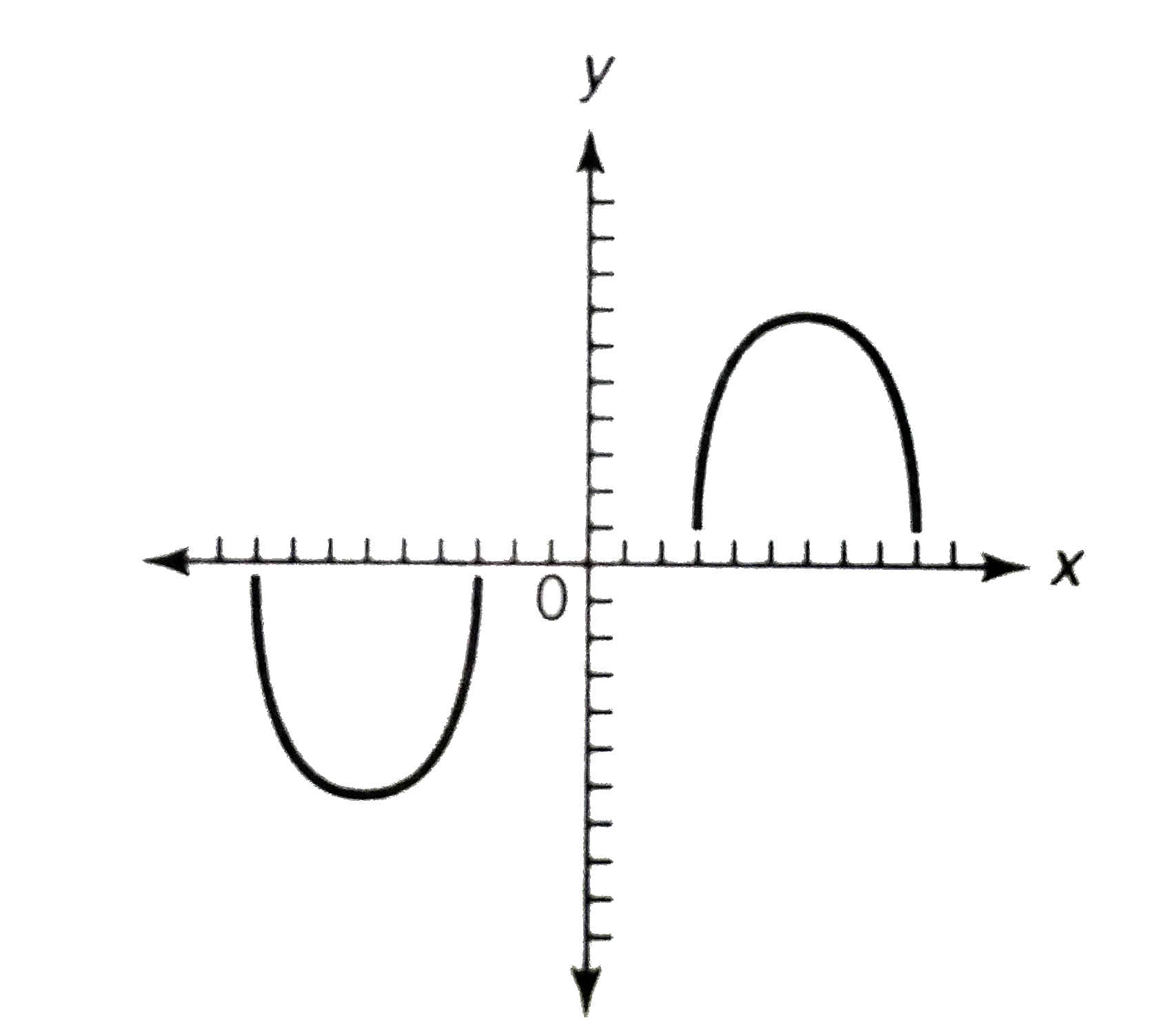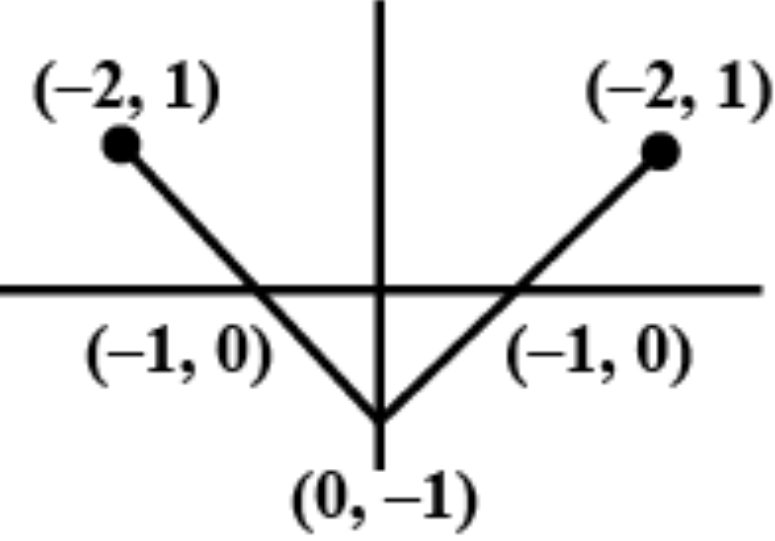If the function f has three distinct zeros, which of the following represents the graph of f in the xy-plane?




The correct Answer is:B
Step by step video, text & image solution for If the function f has three distinct zeros, which of the following represents the graph of f in the xy-plane? by Maths experts to help you in doubts & scoring excellent marks in Class 12 exams.
Updated on:21/07/2023Topper's Solved these Questions
- PROBLEM SETSBOOK - PRINCETONCHAPTER - PROBLEM SETSEXERCISE - PROBLEM SET 15: GRID-INS
11 Videos
- PROBLEM SETSBOOK - PRINCETONCHAPTER - PROBLEM SETSEXERCISE - PROBLEM SET 16: MORE GRID-INS
11 Videos
- PROBLEM SETSBOOK - PRINCETONCHAPTER - PROBLEM SETSEXERCISE - PROBLEM SET 13: ADVANCED GEOMETRY
11 Videos
- PRACTICE TEST 4BOOK - PRINCETONCHAPTER - PRACTICE TEST 4EXERCISE - Math Test-Calculator
38 Videos
- SAT MATH: THE BIG PICTUREBOOK - PRINCETONCHAPTER - SAT MATH: THE BIG PICTUREEXERCISE - Example
4 Videos
Similar Questions
Knowledge Check
12 If the function f has five distinct zeros, which of the following could represent the complete graph of f in the xy‑plane?
A B
B C
C D
D
If a function p(x) has four distinct zeros, which of the following could represent the entire graph of p in a standard coordinate plane?
A B
B C
C D
D
f (x) = (x + 3)(x − k)
T he function f is defined above. If k is a positive integer, which of the following could represent the graph of y = f (x) in the xy-plane?A B
B C
C D
D

The graph of f(x) is shown above , Which of the following represents the graph of f(x-3) ?
View SolutionIf function f has exactly two distinct real zeros, which of the following graphs could be the complete graph of f (x) ?
View SolutionThe range of the polynomial function f is the set of real numbers less than or equal to 4. If the zeros of f are −3 and 1, which of the following could be the graph of y = f (x) in the xy-plane?
View SolutionWhich of the following is the graph of the equation y = 2x − 5 in the xy-plane?
View Solution
The graph of the function f is shown above. Which of the following could represent the graph of y=|f(x)|?
View Solution

